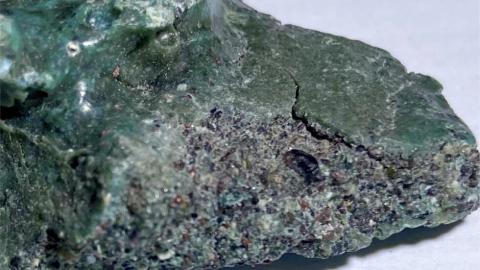
Bangladeshi cartoonist Syed Rashad Imam Tanmoy engaged refugees in drawing mural
He asked kids in Bhasan Char to picture their lives, fears, dreams
DHAKA: When Sona Maher’s family escaped a military crackdown in Myanmar, they arrived in Bangladesh with nothing but the clothes they were wearing, and the images of blood and destruction she is still trying to forget.
The 14-year-old is one of more than 1 million Muslim Rohingya who in 2017 fled persecution, rape, and death at the hands of the Myanmar army.
Most of them found safety in neighboring Bangladesh, of which a southeastern part has since become the world’s largest refugee settlement.
Initially settled in the squalid camps of Cox’s Bazar, Meher’s family last year joined a group of nearly 30,000 Rohingya who Bangladeshi authorities have relocated to Bhasan Char, a remote island in the Bay of Bengal.
Before and when the relocation started, the UN Refugee Agency (UNHCR) and rights groups criticized the project on the grounds of safety and Bhasan Char’s livability, as it is prone to severe weather and flooding. But it is also where Maher and other children found solace — in art.
“I witnessed the atrocities by the Myanmar military in my neighborhood in Rakhine. Houses were burnt down, people were killed brutally all around me,” she told Arab News.
“I remember those horrific days and sometimes try to show those incidents in my drawings. I forget the pain when I see the colors of my drawings. It inspires me to hope for a new life, new dreams. I want to get rid of those horrible memories. Life is better now.”
Maher took part in an art project run by Bangladeshi cartoonist Syed Rashad Imam Tanmoy and the UNHCR, and art education NGO Artolution, who asked Rohingya children to picture their lives, fears, and dreams in a huge wall painting.
It took eight days, 50 participants, and long hours of consultation to complete the 50-meter-long mural last month.
“It was not just another pretty picture on the wall. We wanted to offer mental healing through art therapy with the engagement of the community,” Tanmoy told Arab News.
“Initially we experienced some reluctance … At this point, we started the paintings with brushes and colors. A few Rohingyas came forward to watch the process.”
Soon, they too began to paint.
A dominant motif appearing in their drawings was a boat.
“Most of the Rohingyas came up with the idea of drawing boats,” Tanmoy said. “They hold their dreams of returning to their homeland, and of a journey toward a better future.”
For those who participated in the project, such as 17-year-old Anowar Sadek, expressing themselves through art came with some sense of solace.
“Whenever I hold the painting materials, it helps me forget the agonies I witnessed earlier in Rakhine,” he said. “The paintings give me much comfort and pleasure.”
But both the children and art educators know that the comfort will be only temporary as long as they remain without a place that they can call home. And isolation in Bhasan Char also adds to their distress.
“My heart filled with joy when I painted the wall with colors … I want to continue painting throughout my life,” Roksana Akter, a 12-year-old who joined the mural project, said.
“But I have many friends and relatives in Cox’s Bazar. I didn’t see them for a long time. It’s the saddest part of my life at this moment.”












